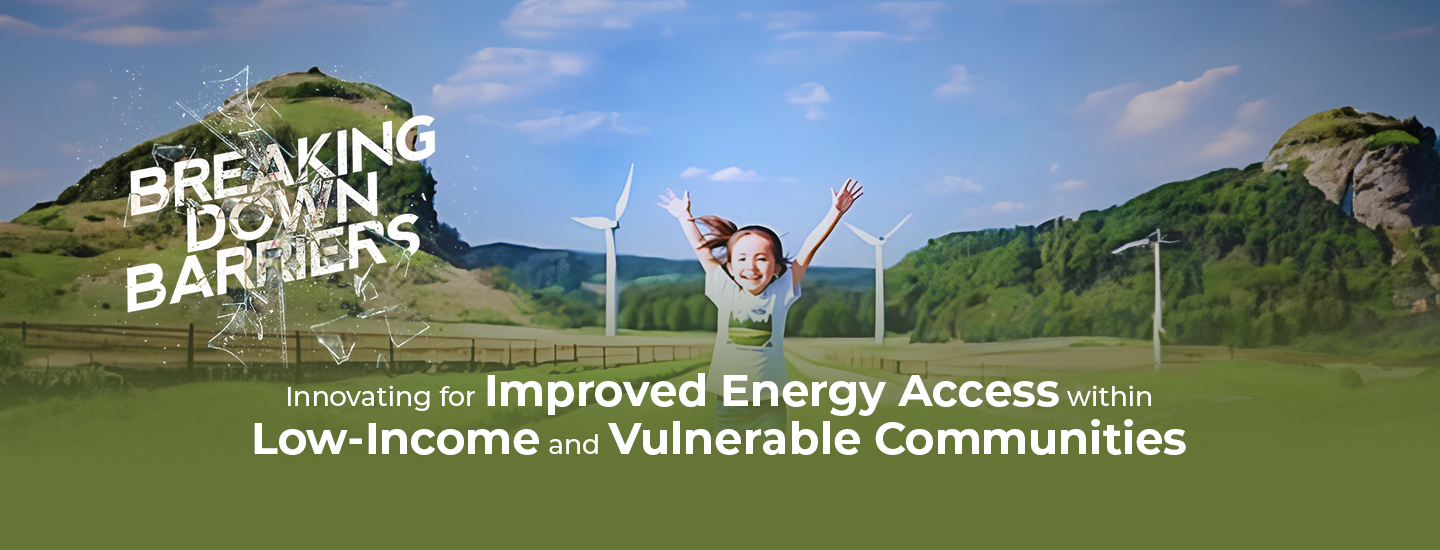Master Blog
Power Outage 101: How AI and Digital Platforms Transform Customer Experience During Outages

“On May 22, a forecast was published for the 2024 Atlantic hurricane season, calling for 22 named storms, 12 hurricanes, and 4 major hurricanes, and an ACE index of 212 units.”
Extreme weather events due to climate change—hurricanes, wildfires, ice storms, flooding, heat waves—often blow out masses of power infrastructure in giant sweeps. Blackout or brownout or permanent failure or rolling blackouts- these events are growing in frequency, duration, and intensity, putting stress on already overloaded and aging national electrical infrastructure. As a customer, these outages can significantly impact our daily lives.
Withstanding and quickly handling these power outages disruption is a critical function of today’s modern-day utility.
While some actions are in place, such as California's implementation of public safety power shutoffs (PSPS) to mitigate wildfire risks and instructing customers to prepare for proactive outages and the East Coast's preparations for heat waves and storms causing blackouts for hundreds of thousands of customers in New York and New Jersey- these actions primarily occur before the event. The critical question remains: How well are utilities prepared to handle outages during and after the event?
How about keeping customers informed on the go during the outage?
How about customers proactively reporting outages for any unplanned event?
How about providing customers with all the information they need on the restoration progress?
Let’s decode utilities TO-DO’s from customer’s lens to manage outages.
- Effective and Intelligent Communication
Clear, Consistent, and Timely Updates- Automated Notifications: Send real-time updates via multiple channels such as SMS, email, or push notifications about the outage status, estimated restoration times, and safety tips.
- Customer Support: Ensure IVR and chatbot updates are available 24/7 to address customer queries and provide information about critical services during prolonged outages.
- Easy Access to Report and Track Outage Restoration Progress
User-Friendly Outage Reporting and Tracking Native Mobile App Platform- Online Reporting: Enabling customers to report outages through a simple online web platform or mobile app, ensuring the process is intuitive and quick.
- Tracking Dashboard: Creating an interactive dashboard where customers can track the status of their outage report and get real-time updates on the restoration progress.
- Confirmation Messages: Send confirmation messages when an outage report is received and when power is restored.
- Interactive Outage Maps
Real-Time Visualization of Affected Areas- Outage Map: Provide an online outage map that shows the areas affected by the outage via using color-coded regions to indicate the severity and status of the outages.
- Status Updates: Updating the map in real-time with information about the cause of the outage, the number of affected customers, and estimated restoration times.
- Localized Information: Allowing customers to enter their address to see specific information about outages and restoration efforts in their area.
- Field Technician Tracking
Transparency and Accountability in Restoration Efforts- Technician Tracker: A connected platform that allows customers to see the location and status of field technicians working in their area.
- Estimated Arrival Times: Providing estimated times for when technicians will arrive in different neighborhoods.
- Progress Updates: Keep customers informed about the progress of repairs and any challenges faced by the field crews.
Additional Recommendations:
- Emergency Preparedness Education: Educating customers on how to prepare for outages, including creating emergency kits, backup power options, and safety measures.
- Community Engagement: Engaging with local communities through town hall meetings, social media, and community partnerships to build trust and provide essential information.
- Collaboration with Local Authorities: Working closely with local governments and emergency services to coordinate responses and provide comprehensive support to affected communities.
Achieving the right balance may require some trial and error, but advanced technologies like AI and ML will significantly enhance the process. Empowering the tech professionals to leverage their expertise during storm events can provide real-time updates, accurate forecasts, and practical outage information in ways end customers expect their providers to do.
After all, the word “innovation” has a good connotation for a good reason: One gets good results and drives toward better reliability.
SEW's Storm and Outage Management Platform leverages AI and ML to create a connected customer and workforce experience. It enables real-time, two-way communication with customers via multiple channels and provides detailed outage information. The platform enhances outage restoration efficiency and improves overall grid reliability, offering an end-to-end solution for modern utilities.

The next time have your customers are informed and the workforce is empowered – anywhere and anytime to best manage outage situations.





